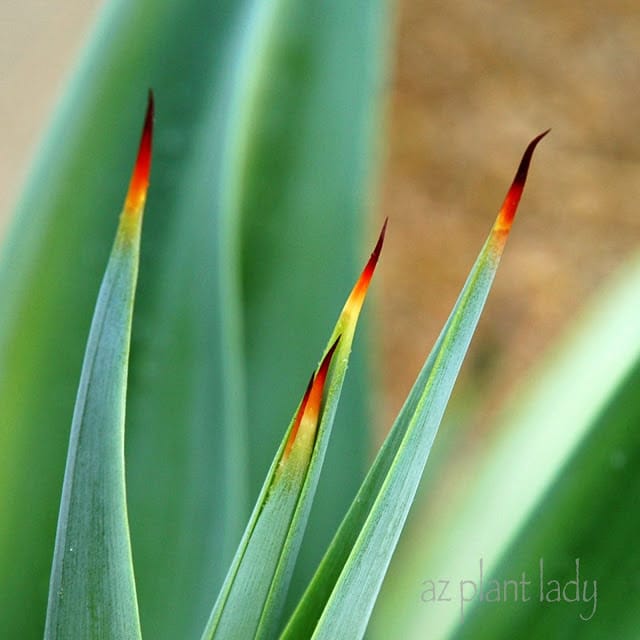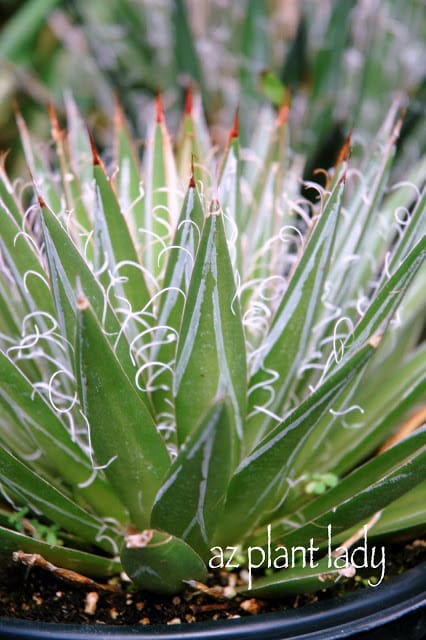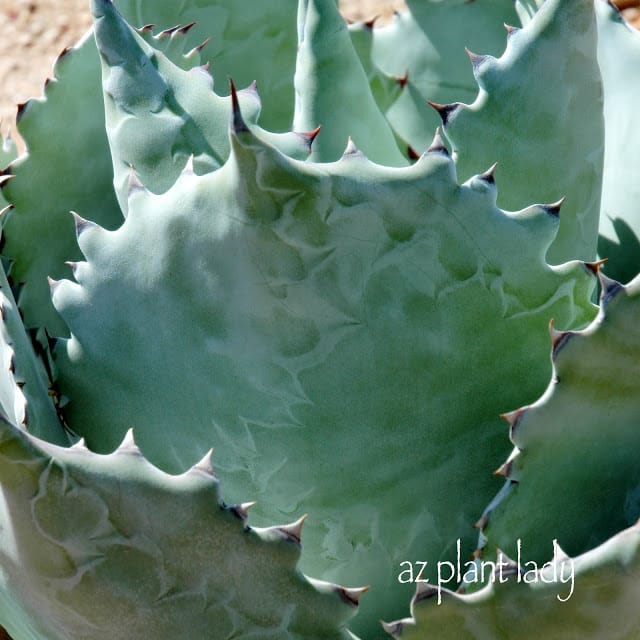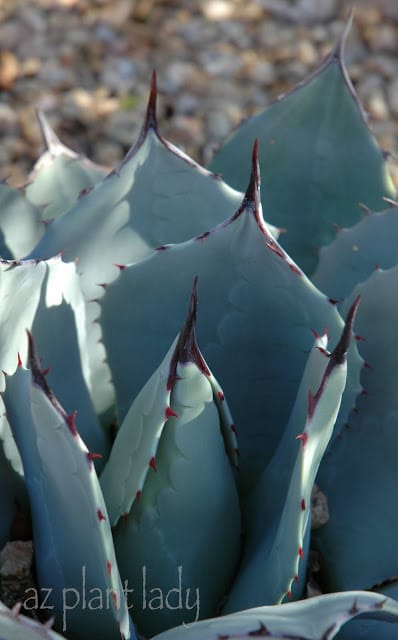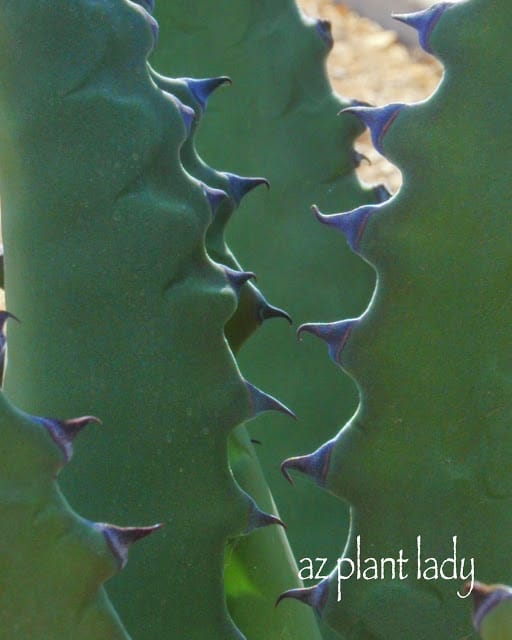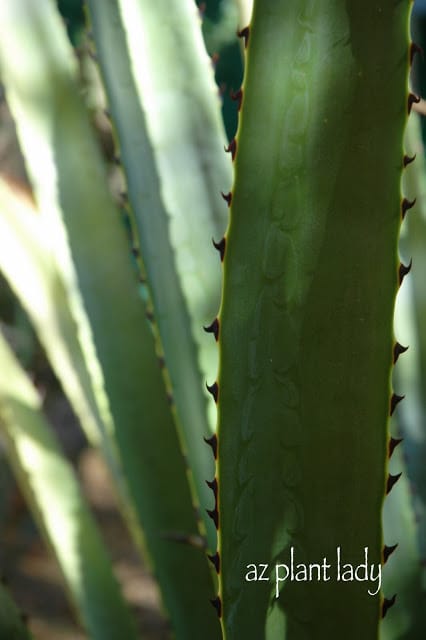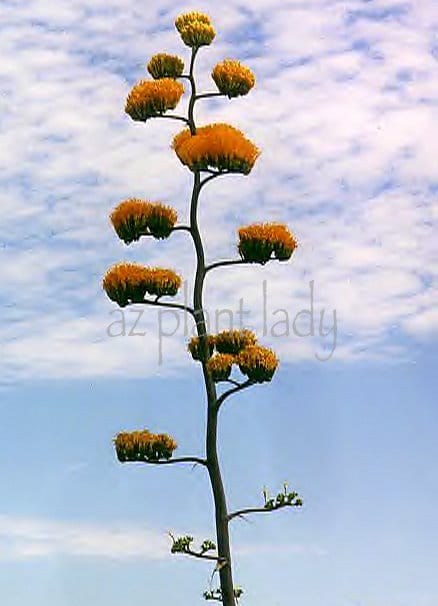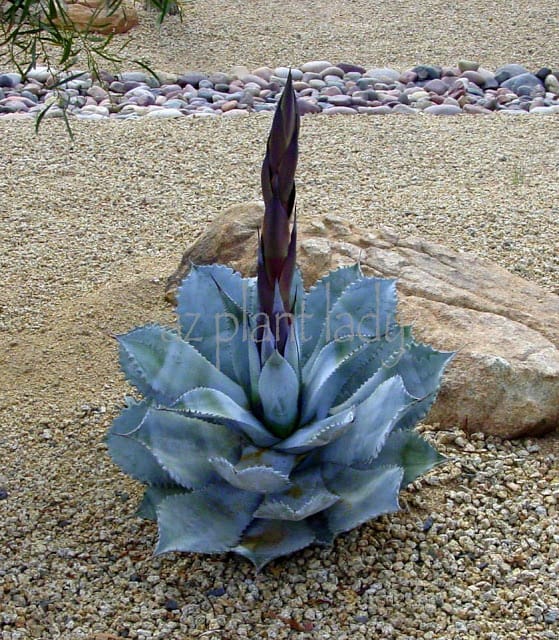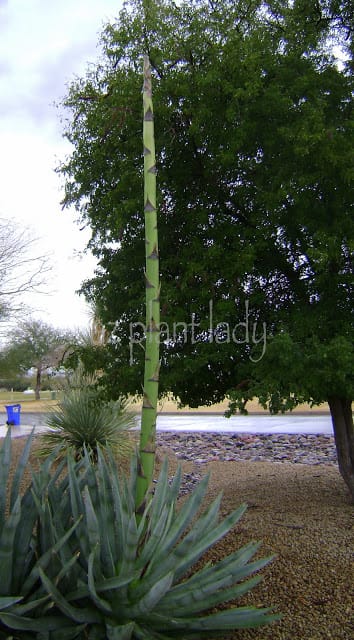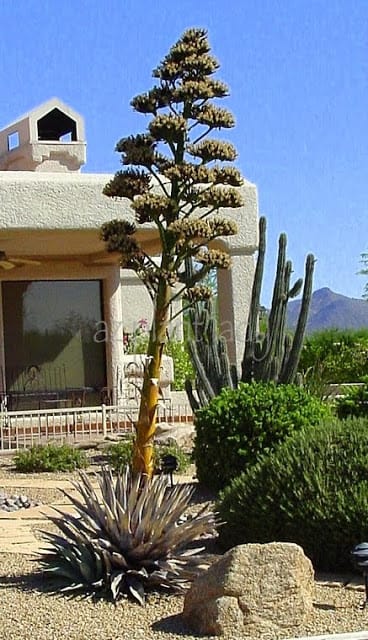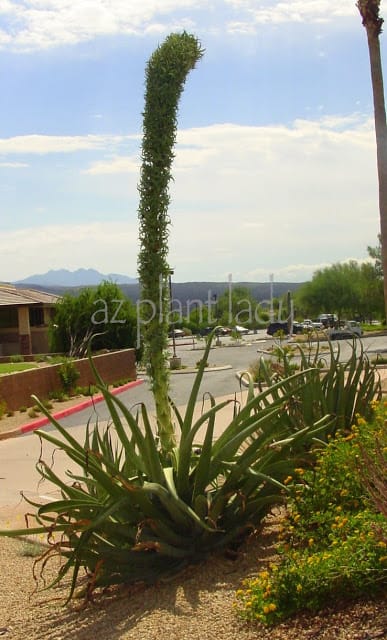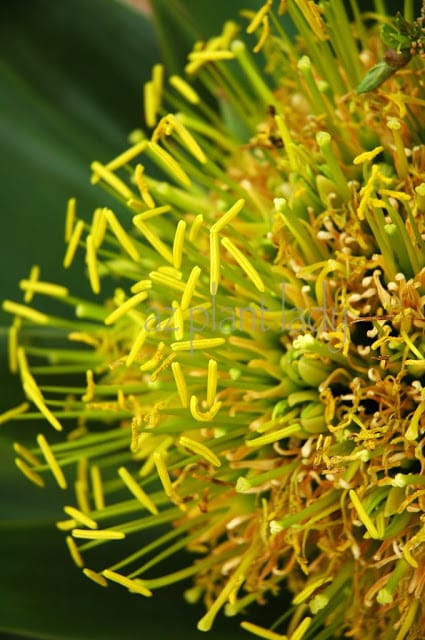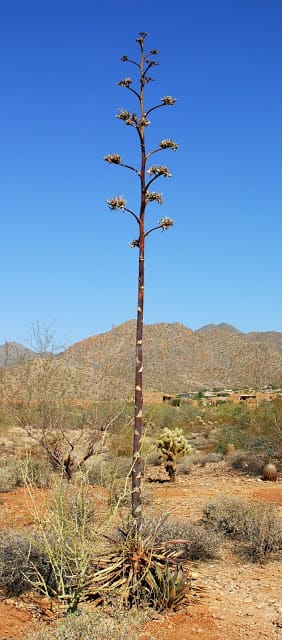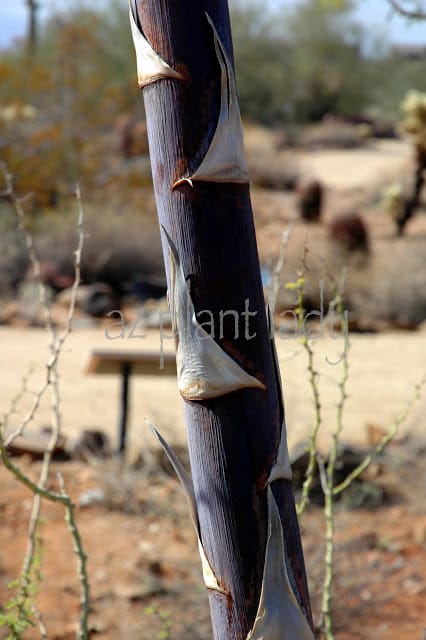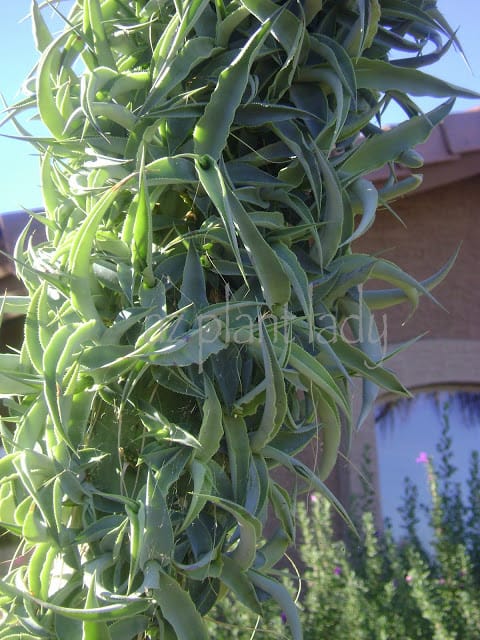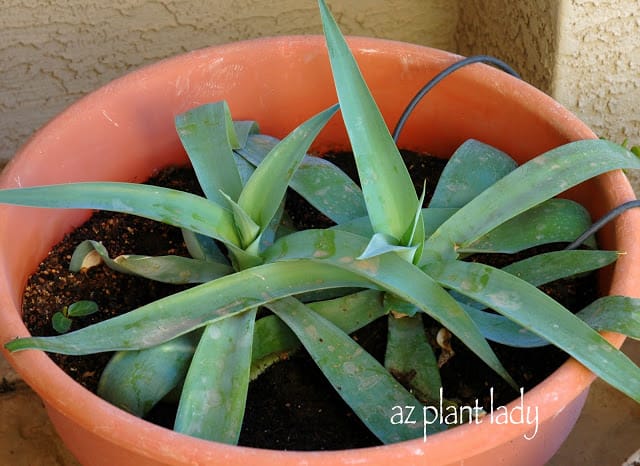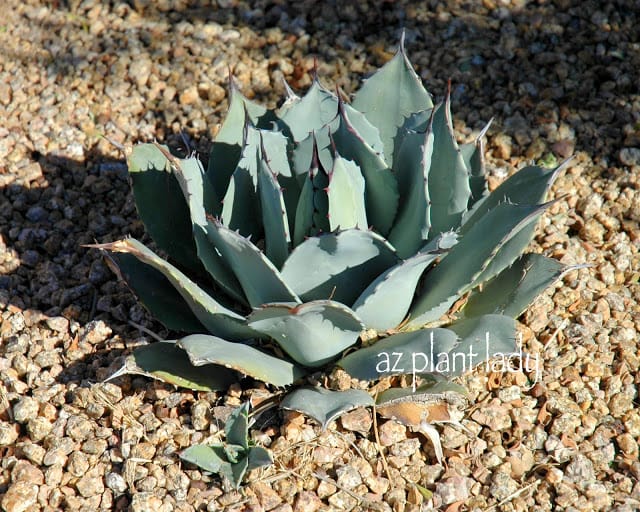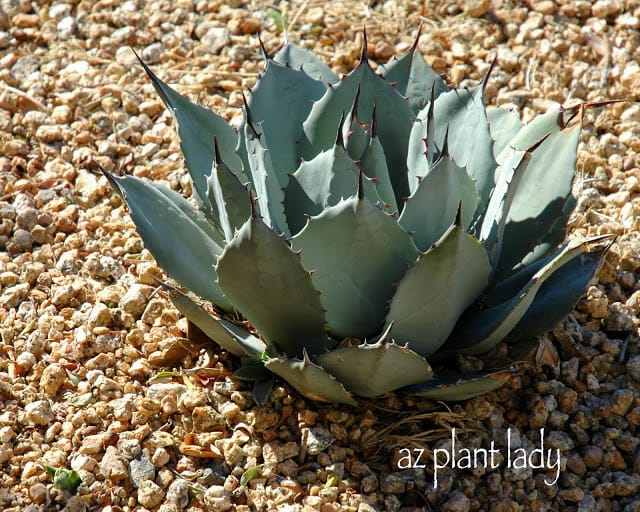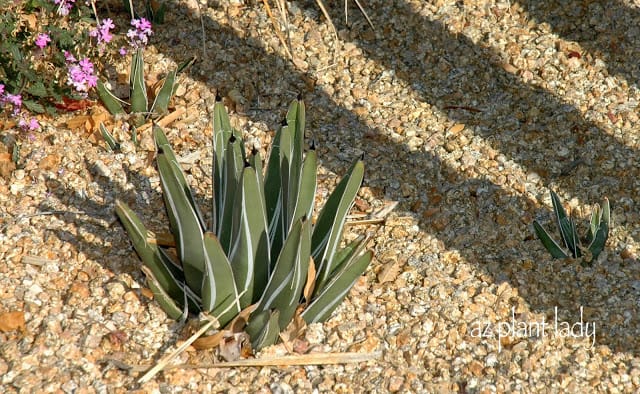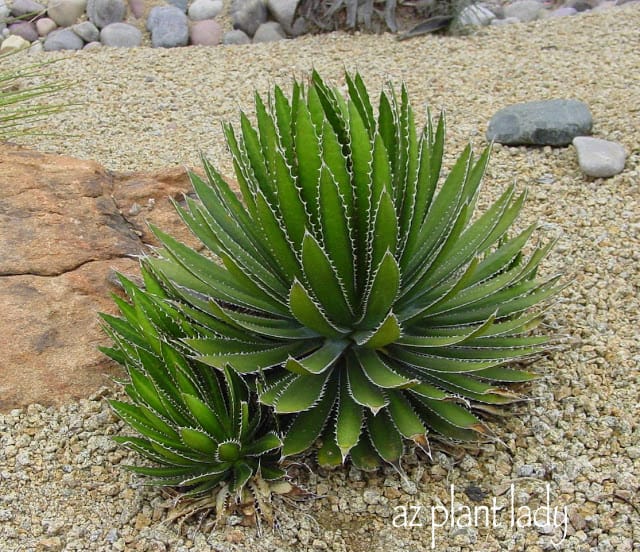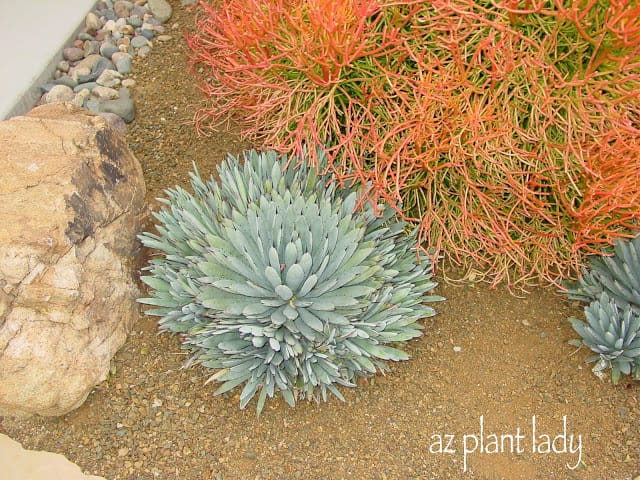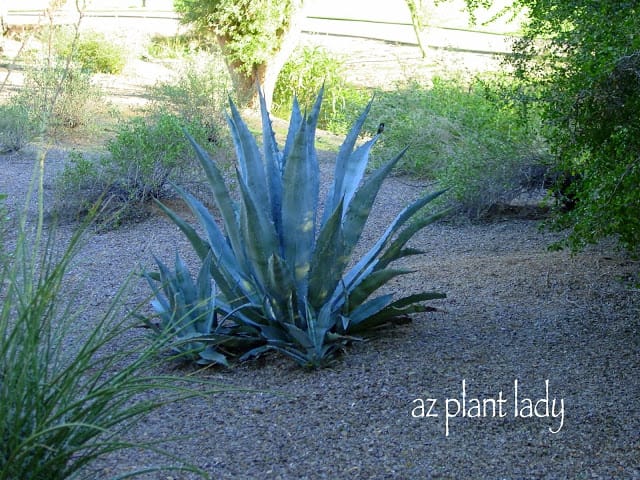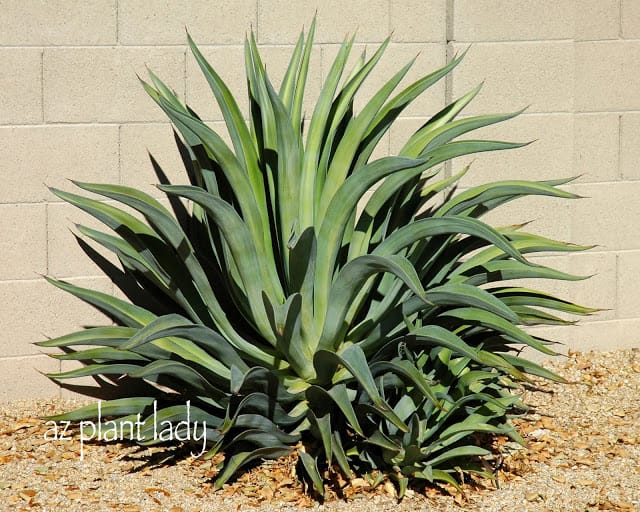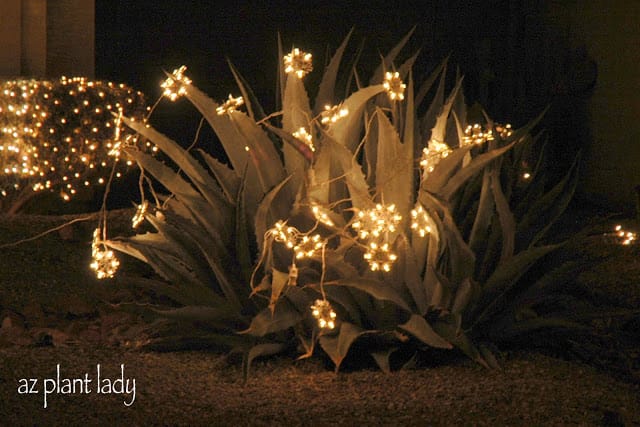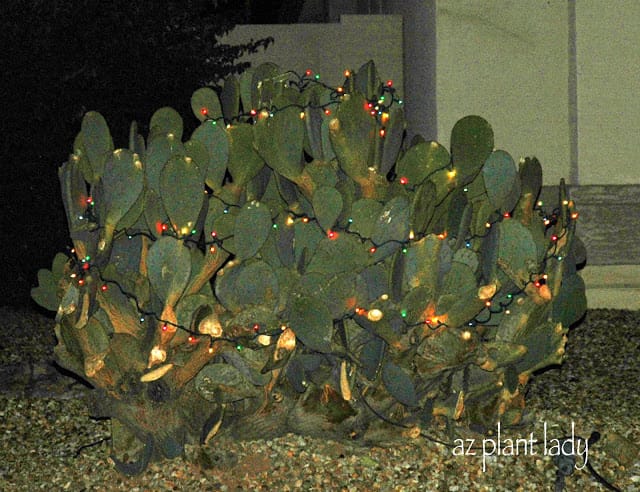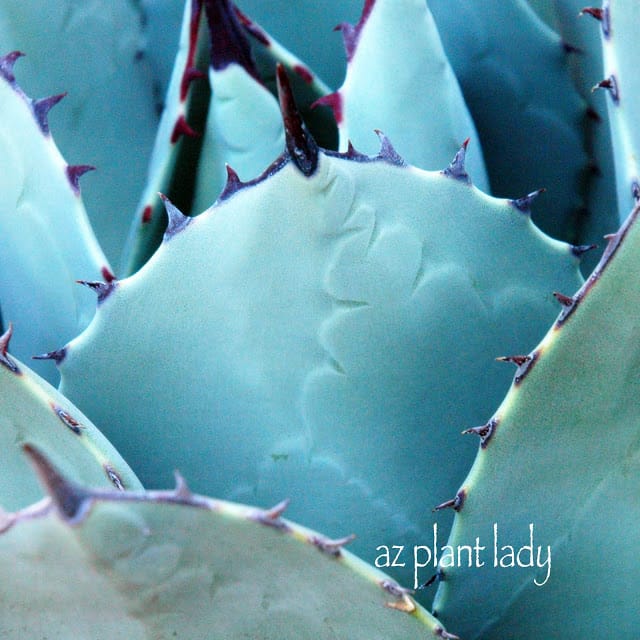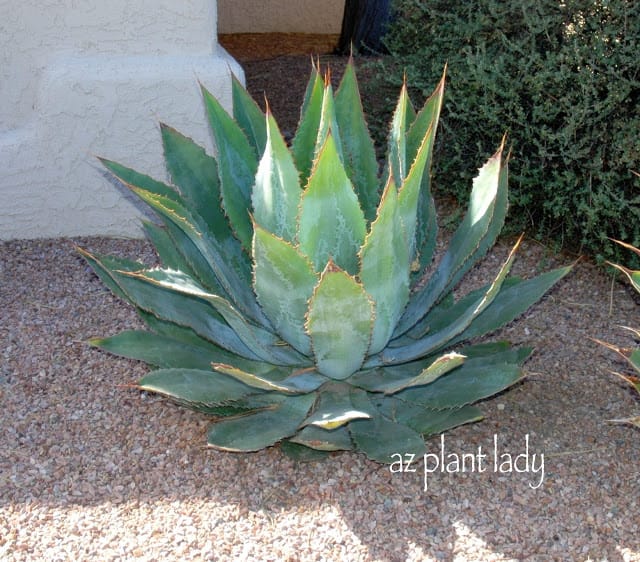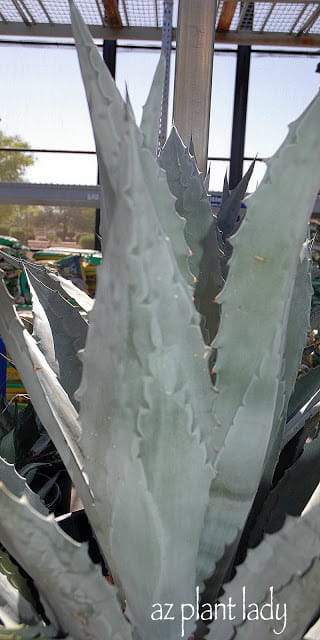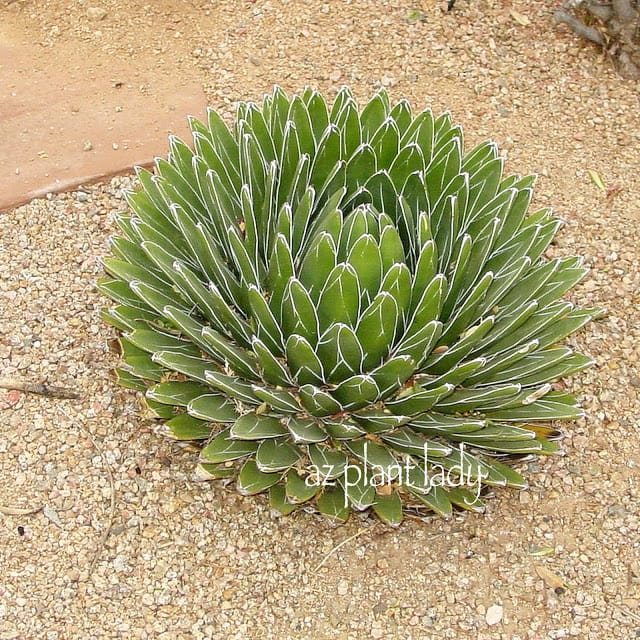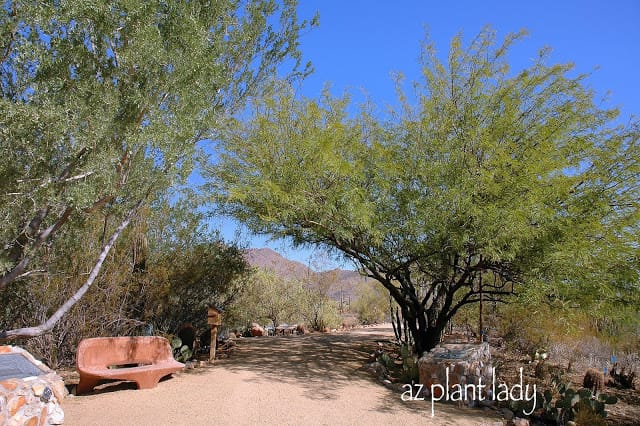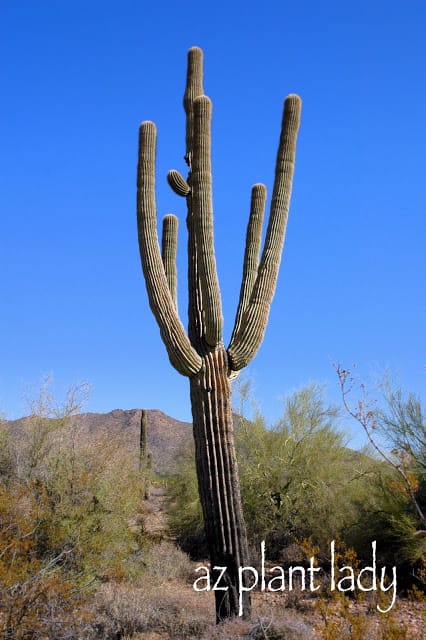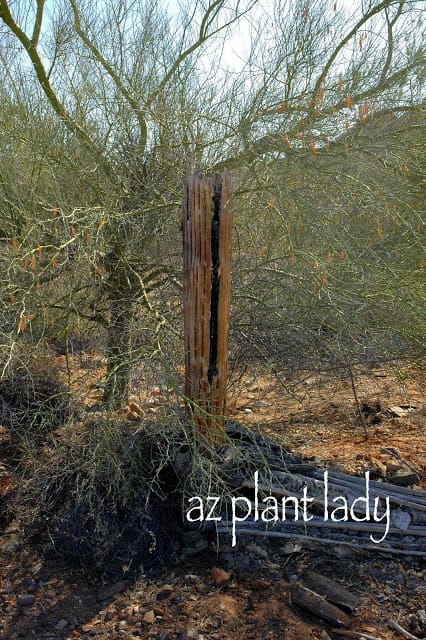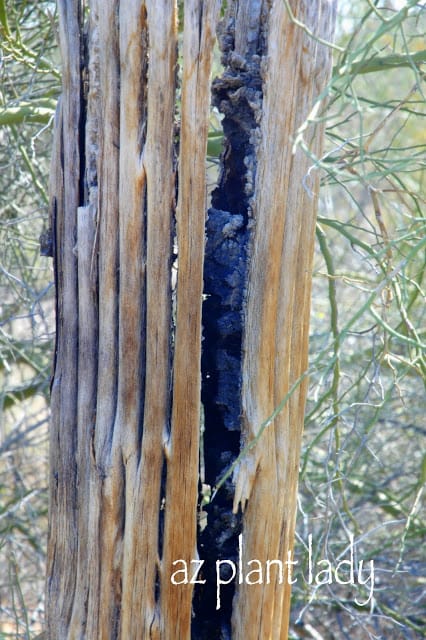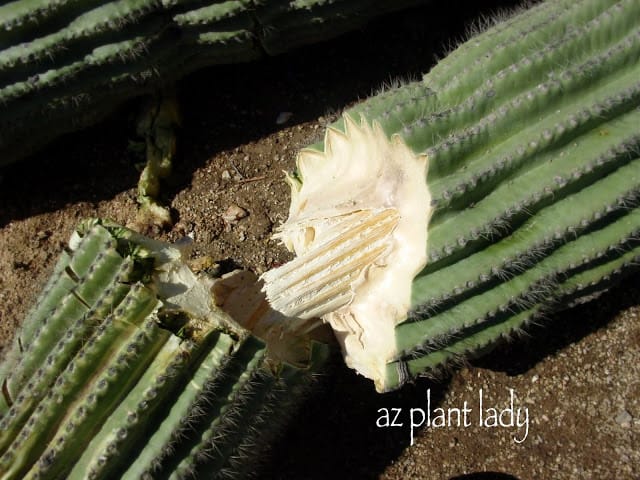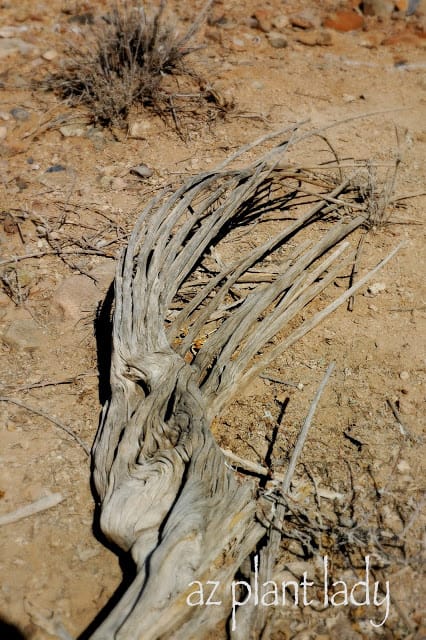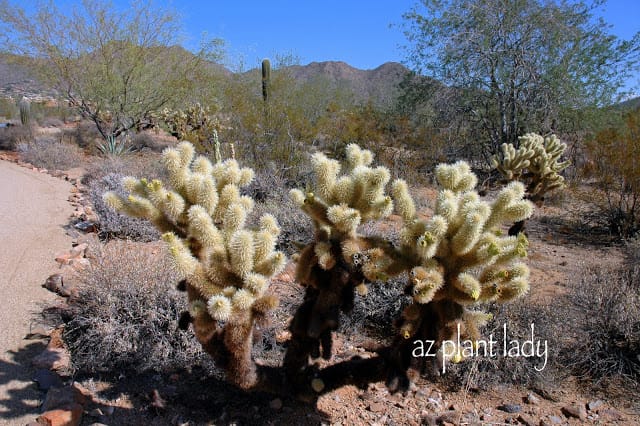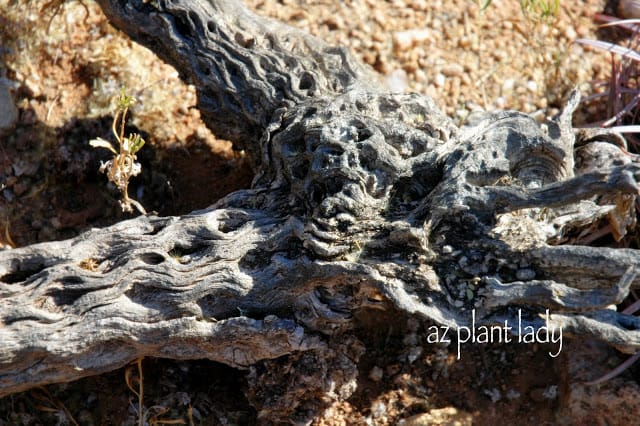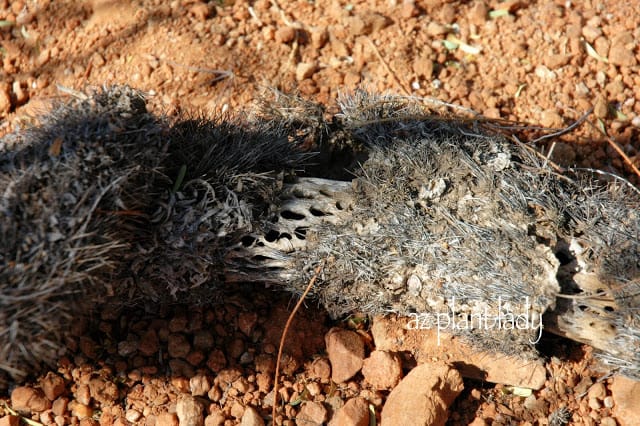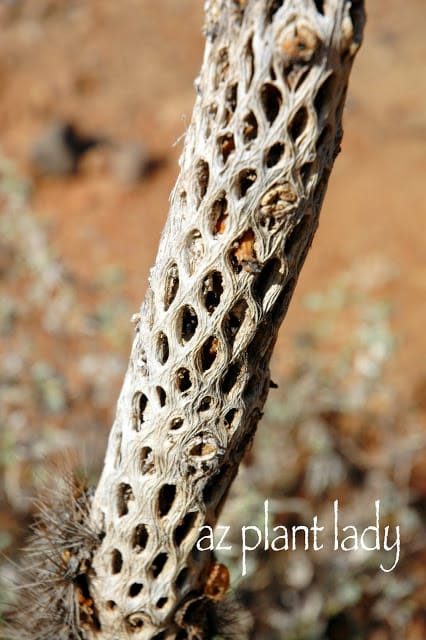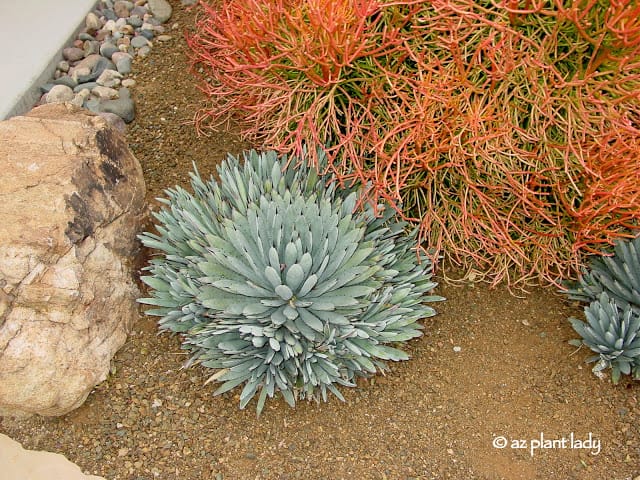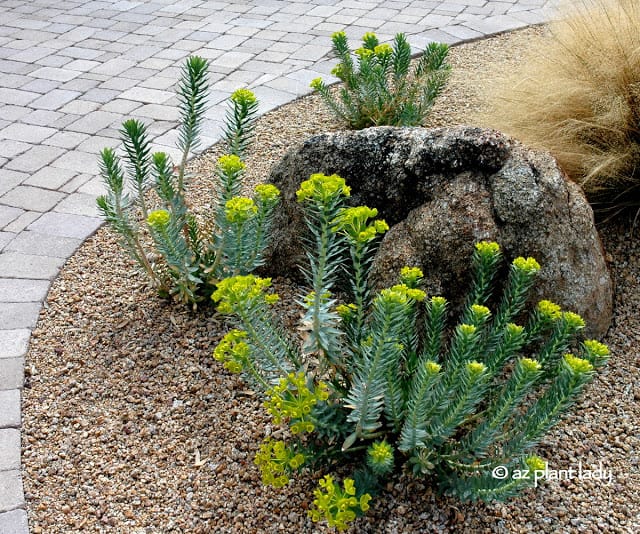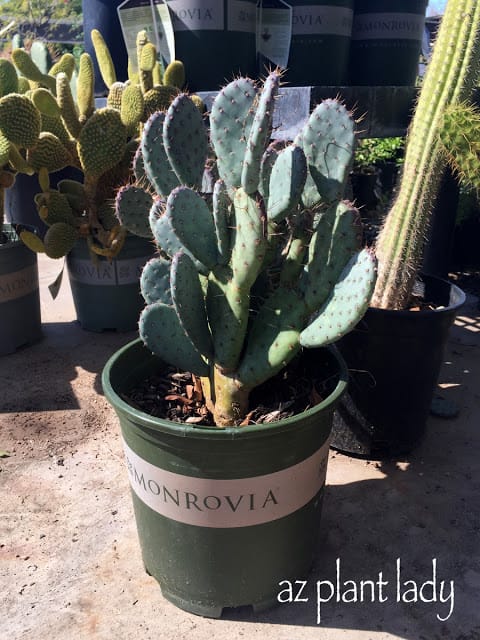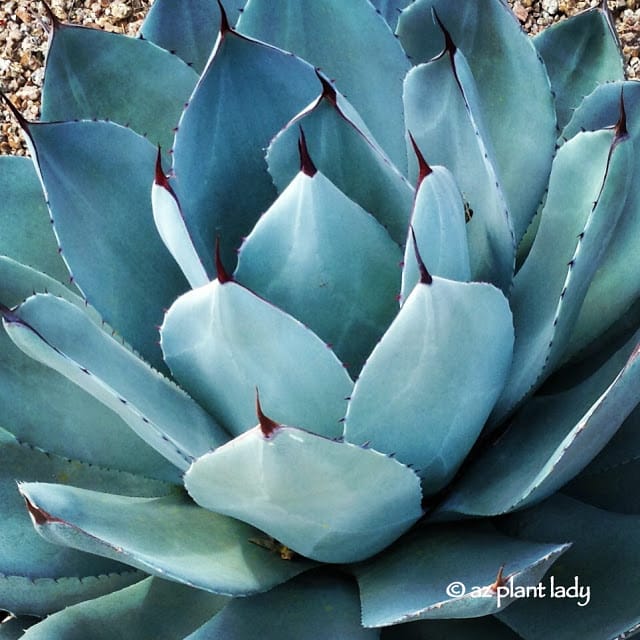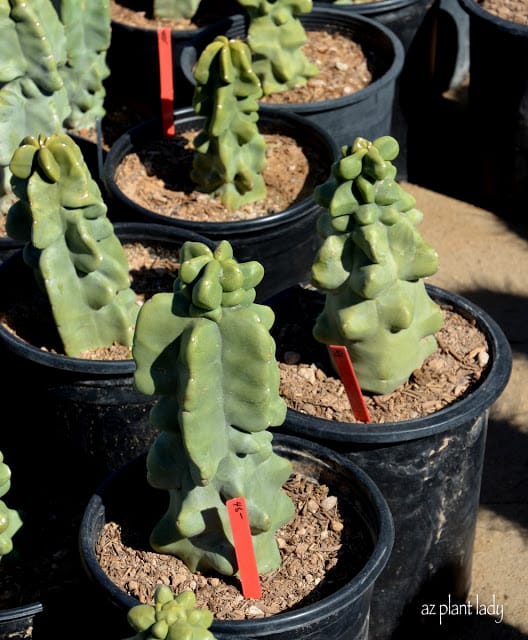Although it is still technically winter here in the desert, the signs of spring are everywhere….
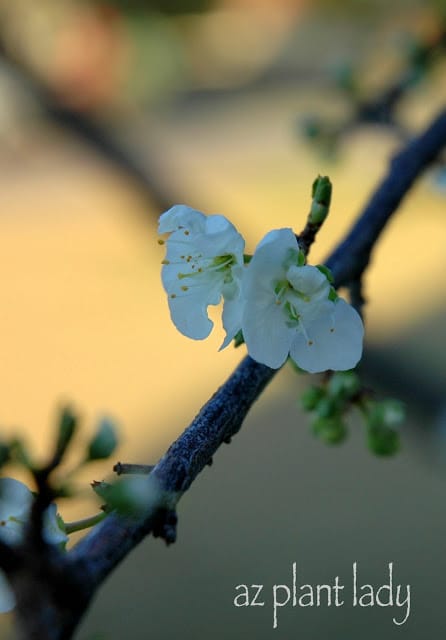
The plum tree at Double S Farms begins to flower.
Earlier this week, I noticed the plum tree that sits in front of the house at Double S Farms, is just beginning to unfurl it’s flowers. I cannot wait to have some of my mother’s plum preserves in a few months :^)
Yesterday, I traveled up to an area north of Fountain Hills, AZ, which is approximately a one hour’s drive from my home. It is also the place where I worked for over 5 years. I was asked to do a landscape consultation for a client and so I brought my camera along to see what signs of spring I could capture in the surrounding area.

I went for a drive on one of the golf courses that I used to work on and immediately headed for one of my favorite places. This area of the golf course borders the desert, with only a barbed wire fence separating the natural desert from the golf course.

The desert was lush and green as a result of the winter rains we have received. Snow can be seen melting from the top of Four Peaks Mountain in the distance.

Flower buds are beginning to form at the tips of the Buckhorn Cholla.

Tiny blue flowers grace this Rosemary shrub.
Next, I went on a drive around the beautifully landscaped homes and took pictures of the plants that were in flower.

Threadleaf Cassia (Senna nemophila)
Cassia shrubs, a favorite Australian native of mine, are beginning to flower showing off their bright yellow blossoms.

Trailing Indigo Bush (Dalea greggii)
Tiny purple petals are just beginning to peek out from the Trailing Indigo Bush. Their vibrant purple color contrast so beautifully with the gray-green leaves of this groundcover.

Sweet Acacia Tree (Acacia farnesiana)
This native desert tree is encased in fragrant, golden puffball flowers.

Octopus Agave (Agave vilmoriniana)
This Octopus Agave, which I planted years ago, is working towards achieving it’s crowning glory – rapidly growing it flowering stalk, which will produce hundreds of new ‘baby’ agave plants. Once it has finished flowering, it will die.

Gopher Plant (Euphorbia glandulosa)
An ugly common name, graces this beautiful succulent plant. In spring, they are covered with vibrant, chartreuse colored flowers.

Valentine Shrub (Eremophila maculata ‘Valentine’)
I would like to finish this post by showing you a photo that I took yesterday of my favorite shrub, Valentine. They were in full-bloom yesterday and it was obvious that they are my favorite as they were present in most landscape areas that I had designed years ago.
Thank you for allowing me to show you some of the beautiful plants that I have been so blessed by seeing this week. This is such a wonderful time of the year in the desert and it isn’t even spring yet!
As winter ends and spring begins, there will be more to see….wildflowers, flowering Palo Verde trees, cactus flowers and much more!
Early Signs of Spring on the Farm….


